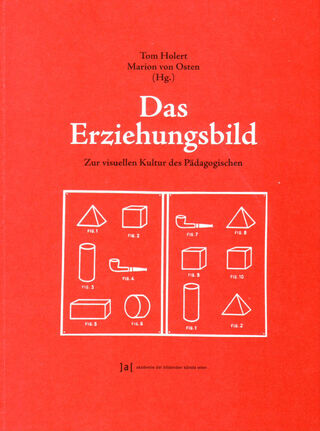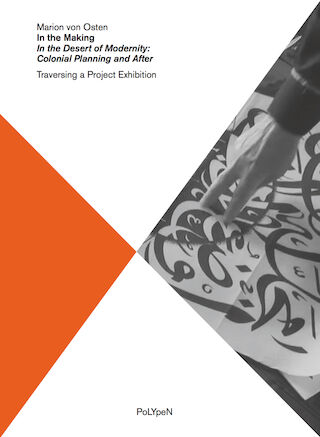
Soft Cover, German, Glue Binding, 320 Pages, 2010
Colonial Modern
availability unknown, if interested please write an email
In the post-war aesthetic regime of modernism, architecture and urban planning acquired a highly symbolic function. They stood not only for the aesthetic project of modernism, but also for social modernity and the shift to a new society, whose viability and planning they literally represented.
This symbolic function of settlement architecture, however, was embedded in areas of conflict. The demographic strategies which had been tested within the colonial context were integrated into the architecture of the 1950s and 1960s. On the other hand, the architects also tried to incorporate the experience of decolonization into their planning. They did this by synthesizing "pre-modern" apostrophized lifestyles of people in the North African colonies into the project of modernity, thus creating a new and different modernity.
The focus of this volume is the relationship between the aesthetic regime of modernity on the one hand, and the project of modernization on the other. The reciprocal relationship between both becomes evident, particularly within the explosive context of colonialism. The exhibition upon which this volume is based, "In the Desert of Modernity: Colonial Planning and After ", traces the entangled histories of European modern architecture and urban planning in colonial North Africa, showing the ambivalences between colonial rule and the utopias of modernity. This publication provides not only the most current research on the subject, but given the thesis of the "Negotiated Modernity (beide stellen müssten wohl mit den verlegern gegengecheckt warden, die unterscheidungslinien von “the modern” und “modernity” sind sehr fein!)," it has initiated a new, interdisciplinary (and international) debate on the understanding of modernity (and, therefore, postmodernism as well) outside the discourse on architecture (...)
(Quelle: HKW)


